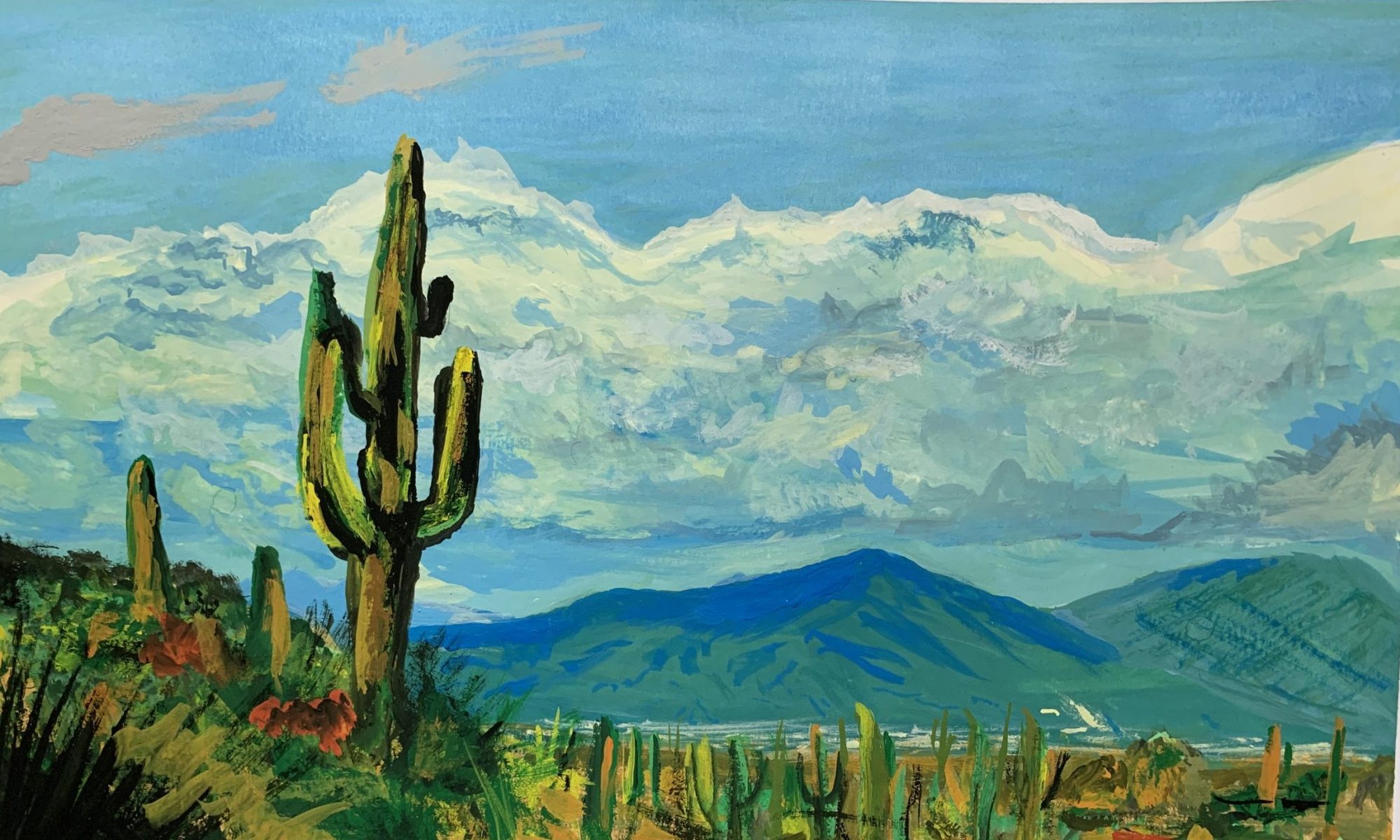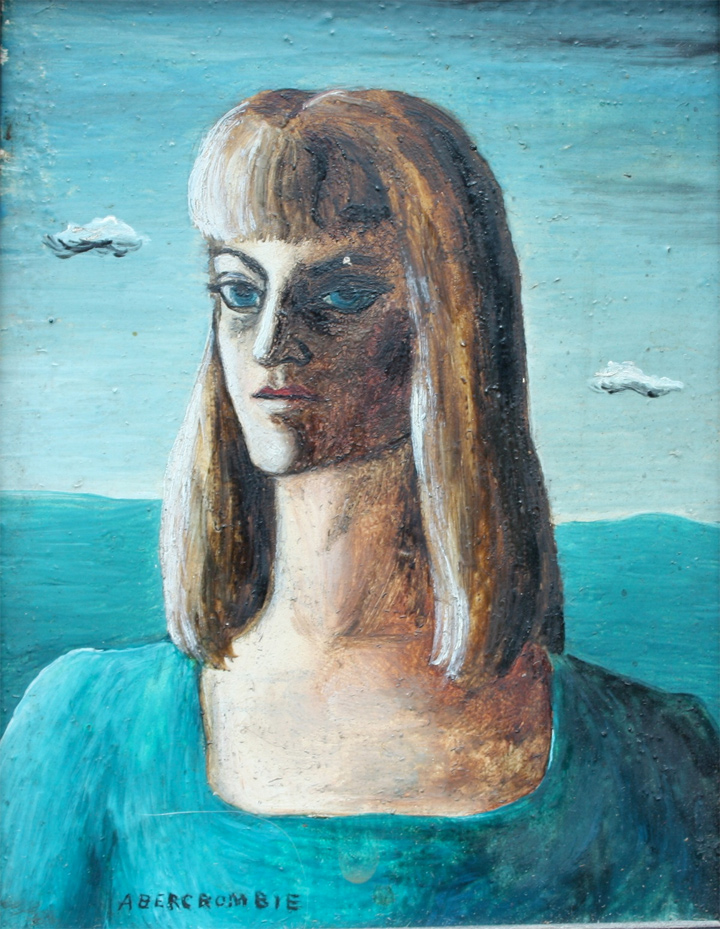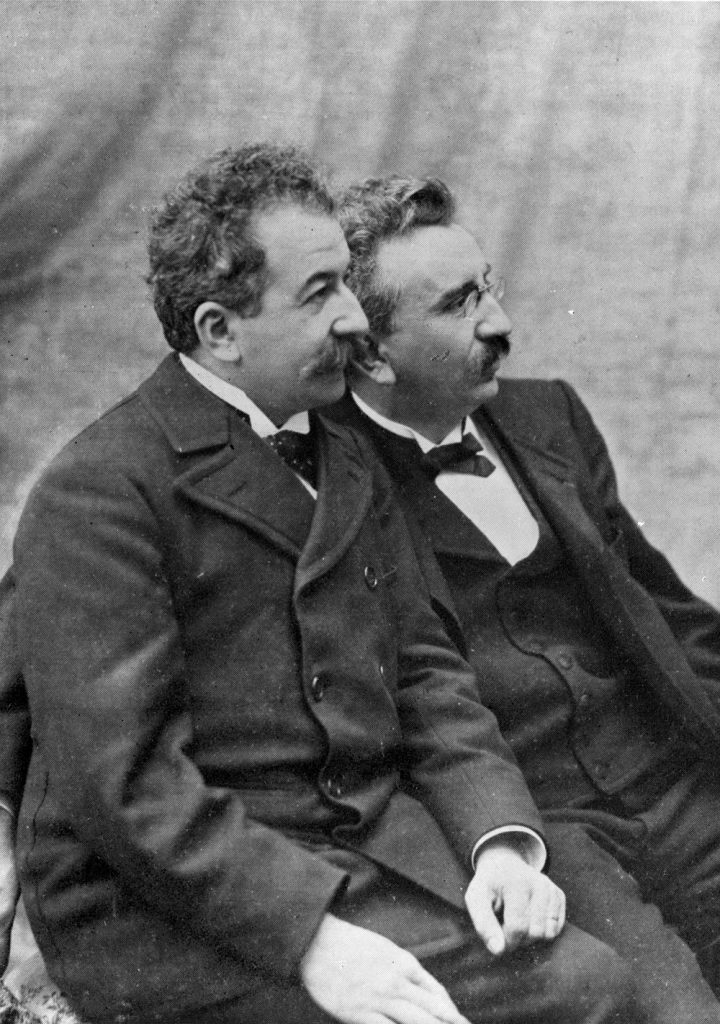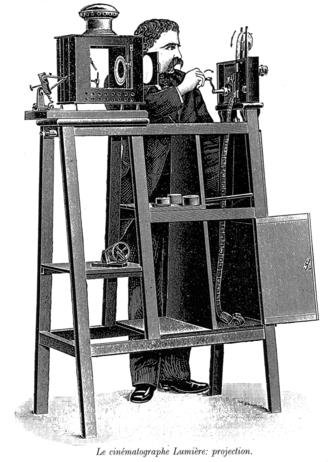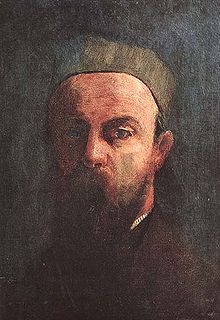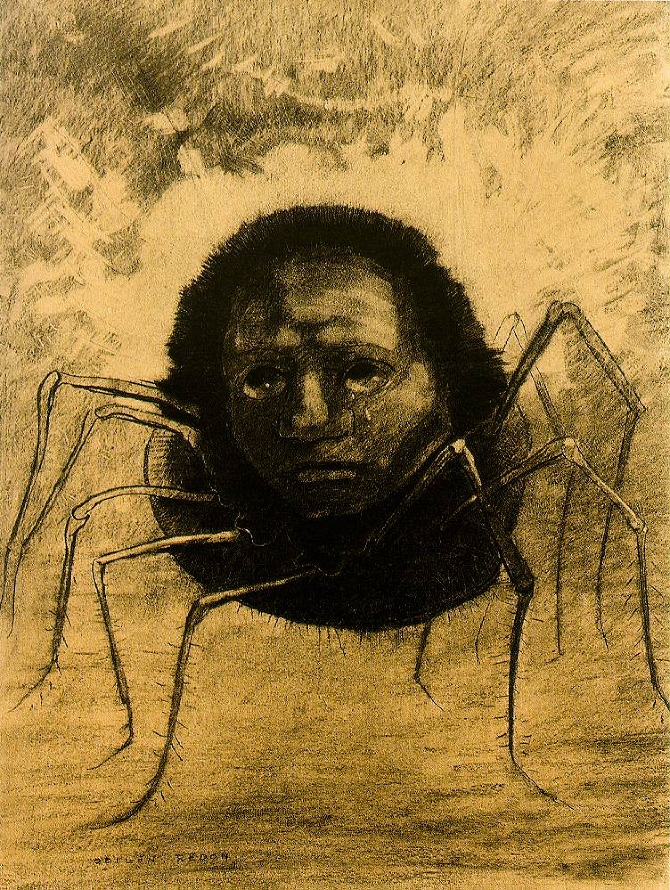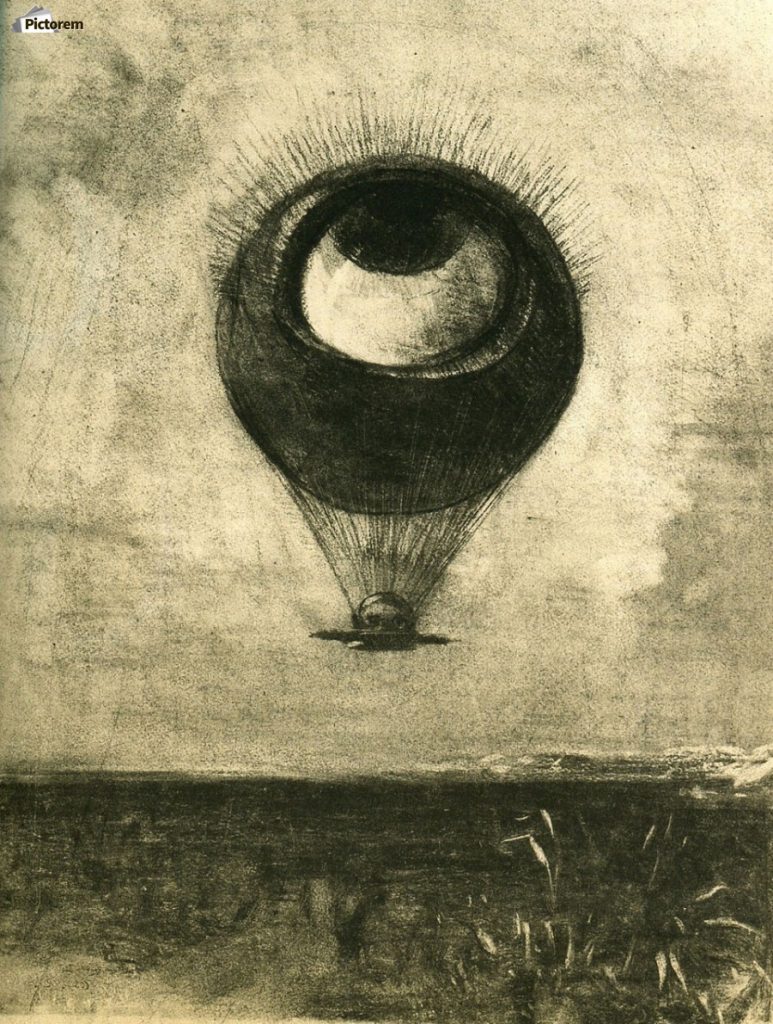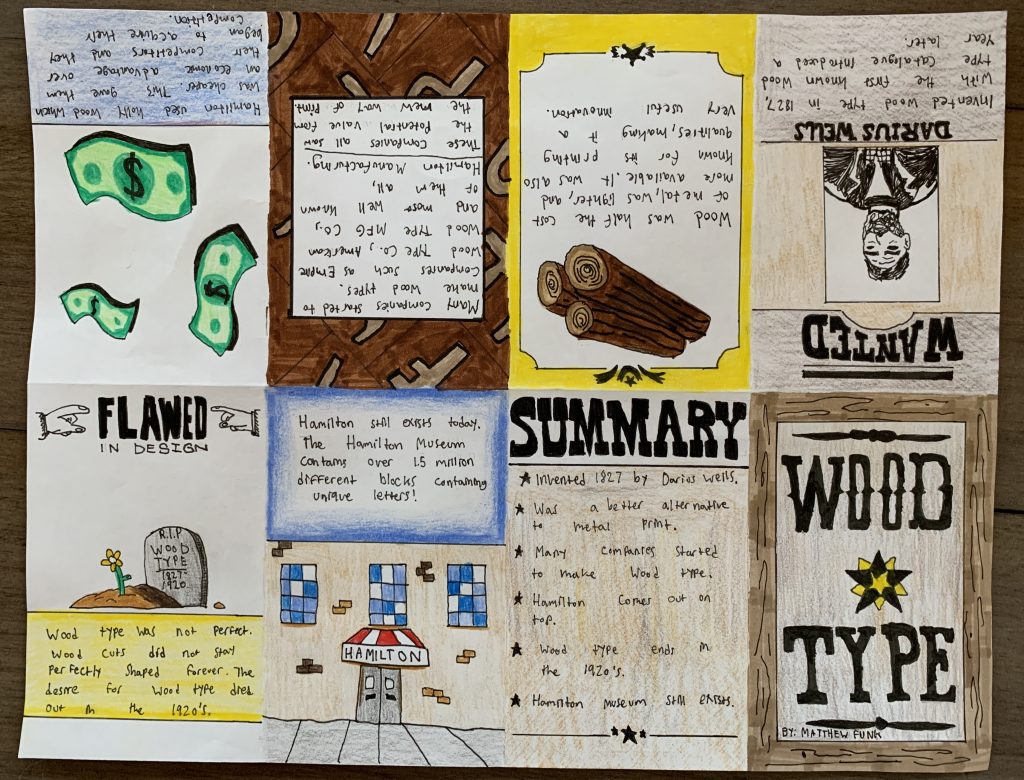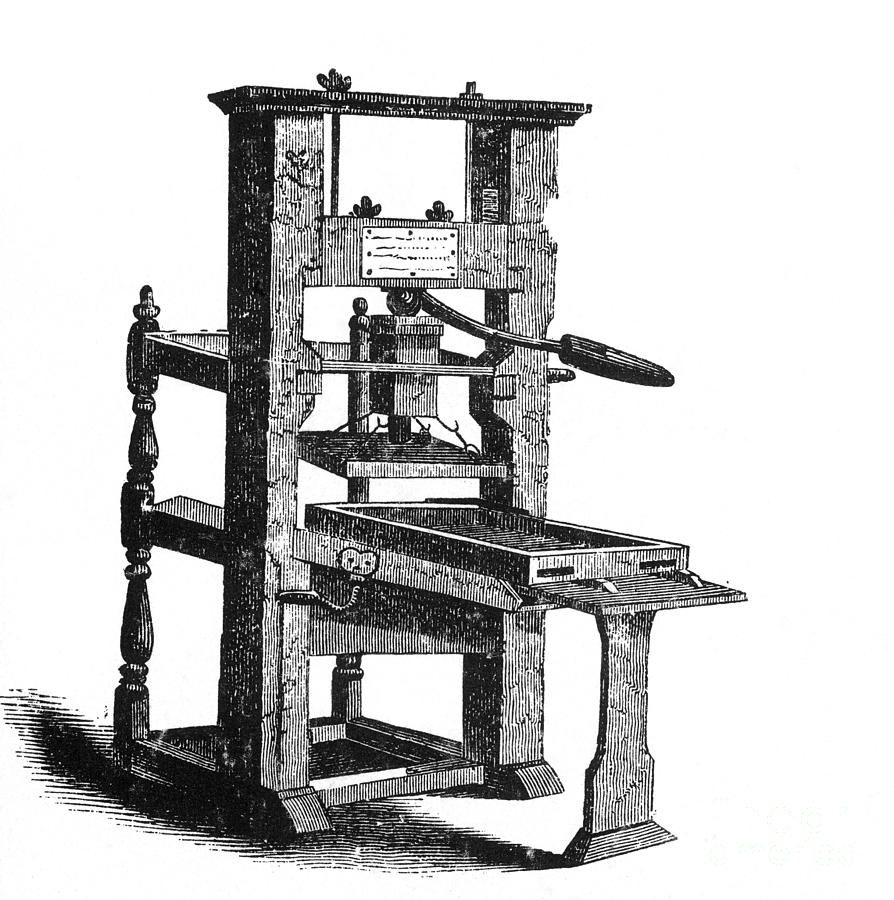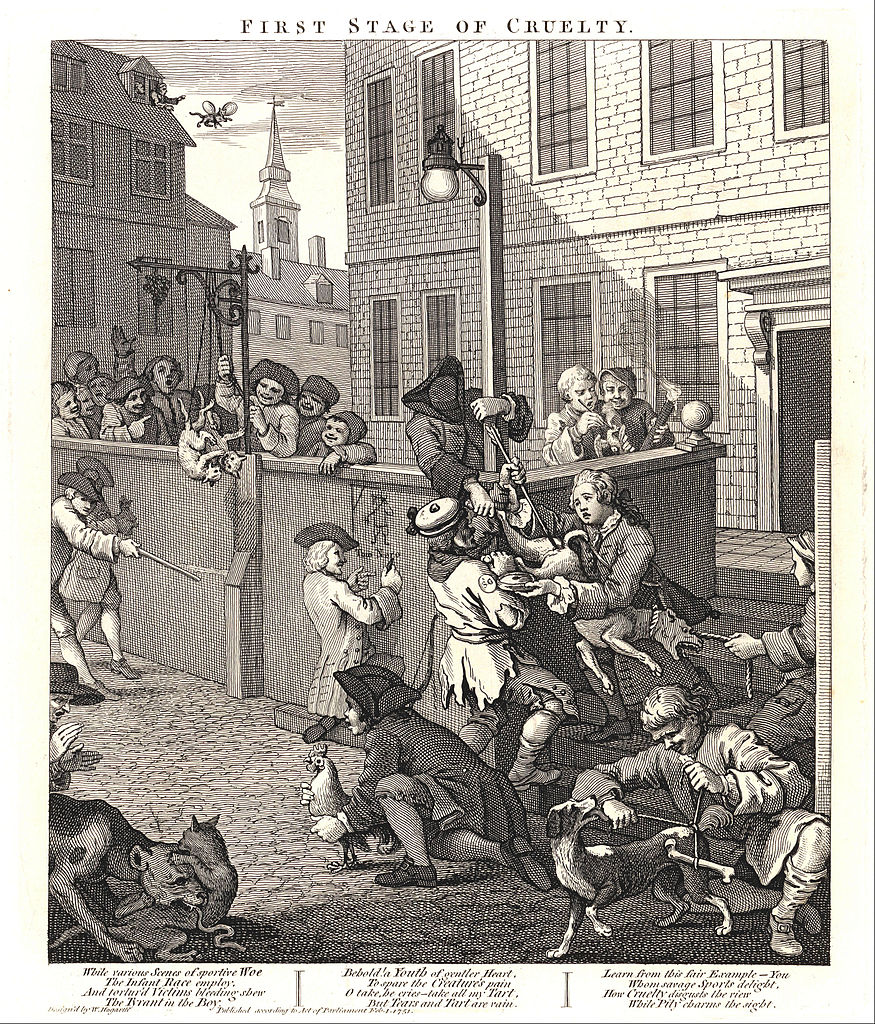
Tragedy Inspires A New Movement
Its no question that World War One greatly impacted the entire world in many different ways. The war’s impact on art was no different, after the war, a new movement called the “Surrealist Movement” was created. Surrealism is truly unique when compared to other art movements, the creation can be attributed to many things but most of all to André Breton who wrote the manifesto of surrealism. Surrealism was not just visual art but also took form in writing, films, and photography. The surrealism movement implemented theories and ideas from the famous psychologist Sigmund Freud and used his ideas about the unconscious as inspiration for the beginning works of this movement. The surrealist movement stemmed out of the dadaism movement, and while both movements have elements of absurdity, they are quite different.

A Sail Is Set For The New Wave
With a new art form created, many new artists gained recognition for their work in the surrealist area. Among these artists, some notable ones include, Max Ernst, Picasso, Salvador Dalí, René Magritte, and many others. These artists’ works and influence would go far beyond the actual movement and inspire many works of art today. Surrealist artwork is very dream-like, a lot of the time they include regular objects. However, the way these objects are added in the compositions was truly strange and different from paintings before them. It seems like the point of surrealism is to defy logic and to truly replicate the seemingly random nature of the human unconscious. After World War One there seemed to have been a break from typical life in all aspects. War so big had never been seen before so it makes sense that the art movement that came out of it also be something completely different from traditional work.

Fueling The Imagination
II enjoy surrealism, it hits a note that most other art movements lack. I enjoy art in general because it lets my brain take an escape and wander into the paintings created, and surrealism specifically gives my imagination much to work with. I seem to spend a lot of my time just in my head, imagining fake worlds and imaginary situations, constantly drifting in and out of reality. Because of this, surrealism is something that my inner mind can relate to, a nonsensical land where nothing makes sense, just like dreams. Surrealism in its purest form is meant to be confusing to the conscience yet still resonates with us because it is familiar to a part of us that we do not commonly explore. The mind is a brilliant yet very complex thing so it makes sense that an art movement would be created with a similar idea.
Work Cited.
Anirudh. (2018, September 12). Anirudh. Learnodo Newtonic. Retrieved November 30, 2021, from https://learnodo-newtonic.com/surrealism-facts.
Craven, J. (2019, August 19). These artists thrived on dreams – discover their surreal world. ThoughtCo. Retrieved November 30, 2021, from https://www.thoughtco.com/what-is-surrealism-183312.
Fronzuto, S. A. (2015, November 6). Surrealism and the influences of World War I. Scott Fronzuto. Retrieved November 30, 2021, from https://safronzuto.wordpress.com/2015/11/06/surrealism-and-the-influences-of-world-war-i/.
Voorhies, J. (2004, October). Surrealism. Metmuseum.org. Retrieved November 30, 2021, from https://www.metmuseum.org/toah/hd/surr/hd_surr.htm.
Wikimedia Foundation. (2021, November 27). Surrealism. Wikipedia. Retrieved November 30, 2021, from https://en.wikipedia.org/wiki/Surrealism.
